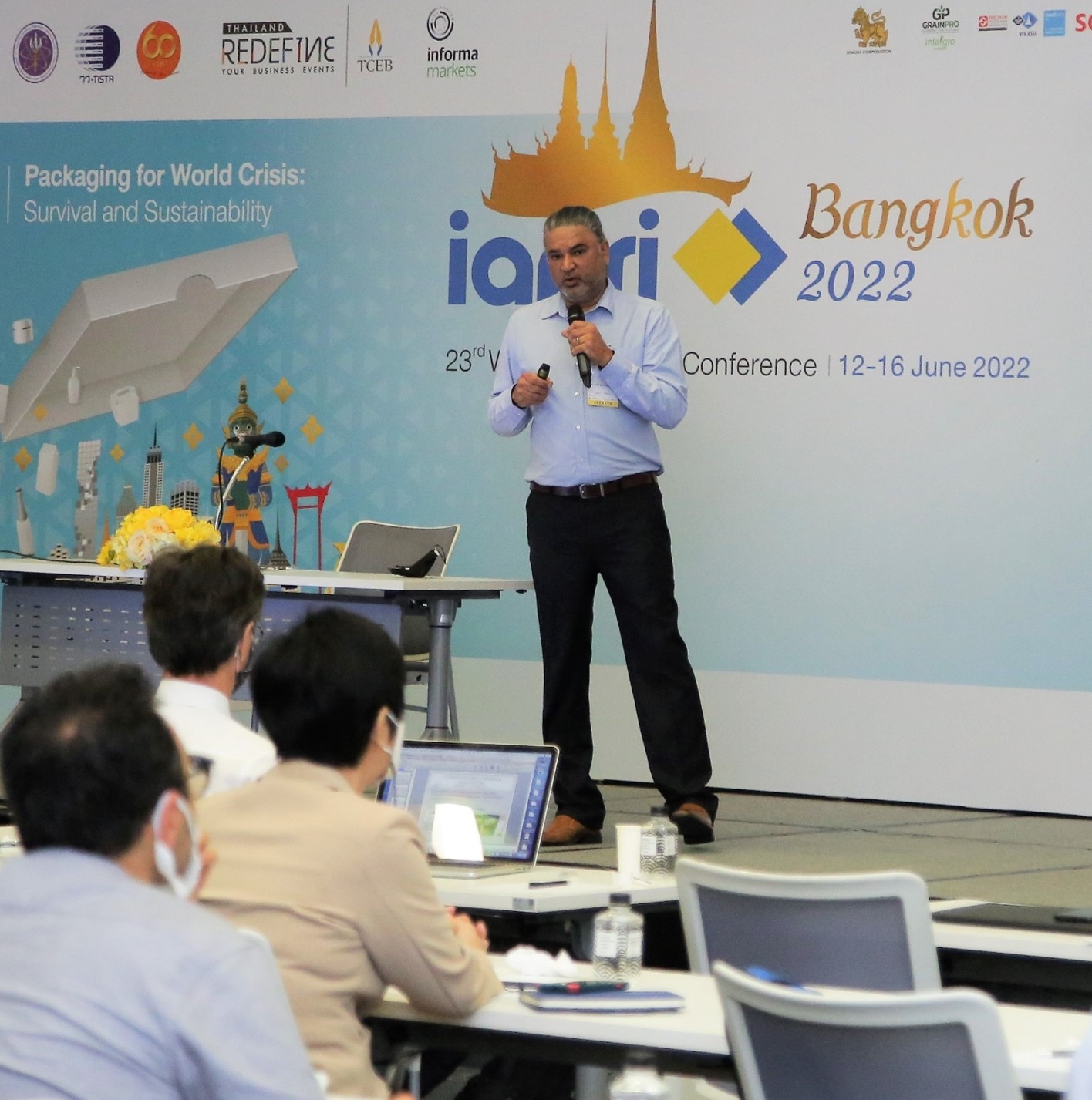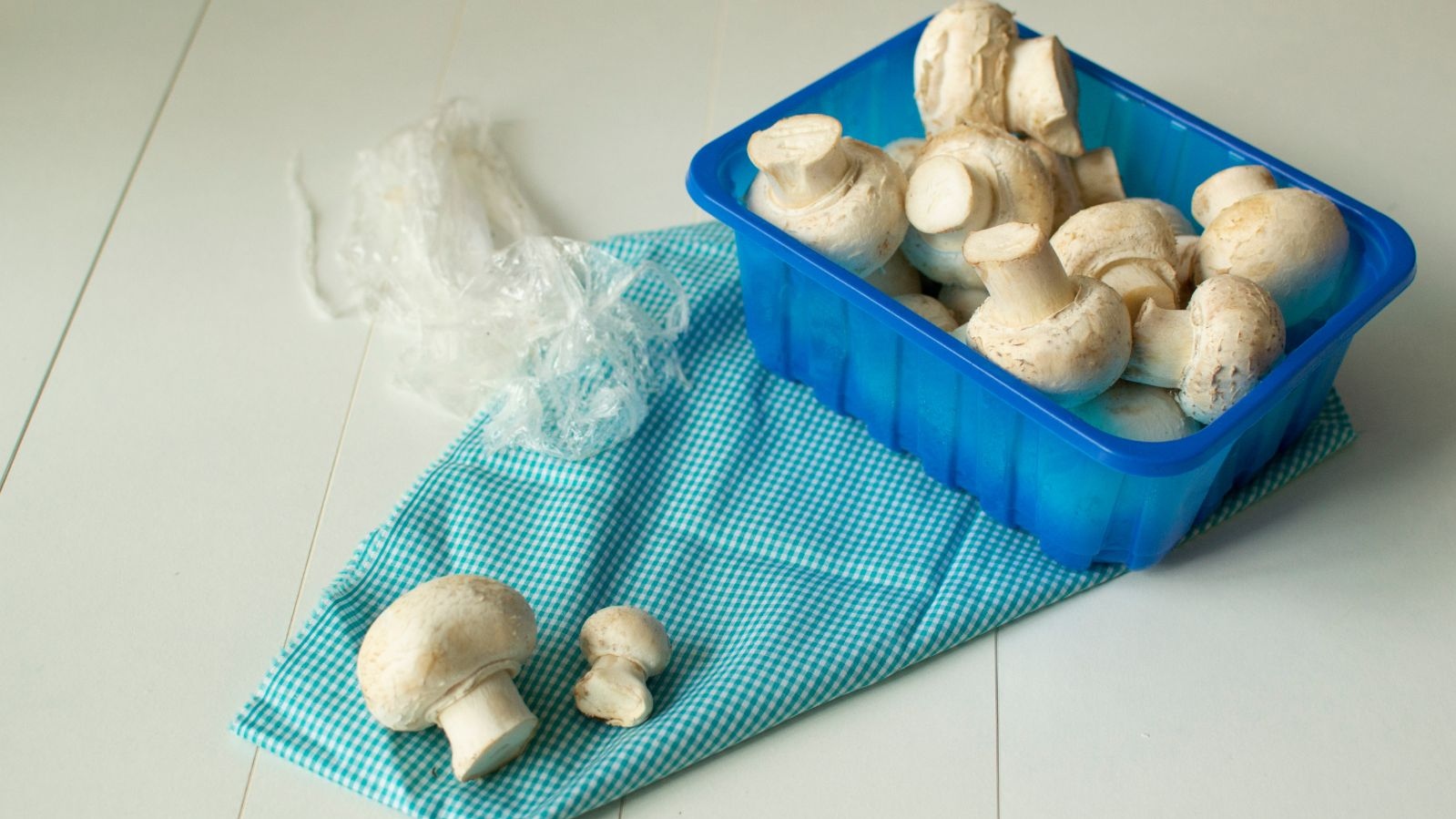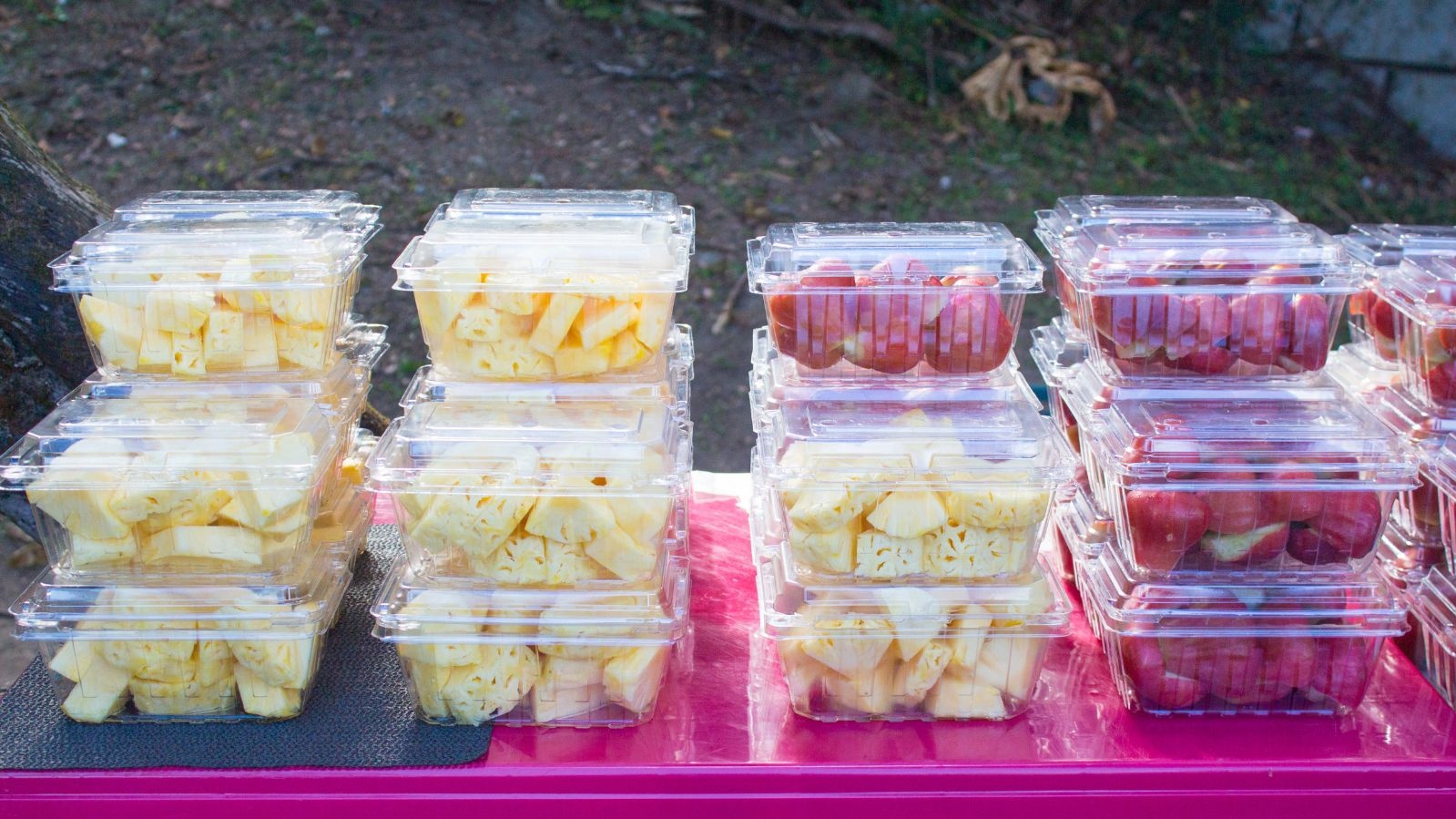News Items - International Association of Packaging Research Institutes
| Consumer trends shaping past and future packaging Between them, two keynote presentations at this summer’s IAPRI Conference in Thailand – from association president Jay Singh and from Randolph Beaudry – provided insights ranging all the way from deepest history to the impacts of the current pandemic on consumer priorities.  Singh, of Cal Poly State University, California, underlined the way in which the coronavirus had shifted attention towards new needs and wants. “Health, wellbeing, hygiene and food safety are expected to remain in focus,” he said. Singh, of Cal Poly State University, California, underlined the way in which the coronavirus had shifted attention towards new needs and wants. “Health, wellbeing, hygiene and food safety are expected to remain in focus,” he said.At the same time, consumer perceptions had shifted with regard to the environment. While the understanding of sustainability was not universal, said Singh, the figure of the ‘conscious shopper’ was emerging more strongly – and manufacturers and retailers needed to take this into account in their management of packaging. “Sustainability initiatives are outgrowing weight reduction and packaging substitution to recyclability and recycled content,” he said, adding that this included concepts of circularity. Priorities realigned The route to these conclusions took Singh through research from Nielsen IQ and from McKinsey. Figures from Nielsen’s snapshot of consumer intentions for 2022 showed an increase in spending on groceries of 23%, outstripping even utilities. This can only partly be explained by inflation. “With the rising cost of goods, consumers are being mindful of their budgets, and at-home lifestyles contributed to less out-of-home spending,” he reported. So, for instance, spending on international holidays was predicted to fall by the same proportion that grocery expenditure was likely to grow. Affordability and lower prices were a key priority for consumers, according to the Nielsen responses, but a focus on fresh produce and on sustainability were not far behind. There was a less emphatic swing towards hygiene, nutrition, health and local sourcing in terms of products purchased. Despite apparent interest in sustainability, research by McKinsey found ‘environmental impact’ ranked consistently as the least important of seven different factors for international consumers assessing packaging. The other factors were: ‘hygiene & food safety’, ‘shelf-life’, ‘ease-of-use’, ‘durability’, ‘information’ and ‘appearance’. Interestingly, it was in developing nations such as Brazil, Indonesia and especially India where the ranking of ‘environmental impact’ was highest. It was in these countries, as well as China, that the greatest number of consumers expressed a willingness to pay more for ‘sustainable’ packaging. As many have noted, the majority of undertakings by brand-owners to reduce the impact of their packaging have focused on recycled content and recyclability – rather than, for instance, on renewable materials, refill or reuse. Singh presented McKinsey figures which suggested that 60% of commitments were about recycled content and/or design-for-recycling, 26% about source reduction and elimination of packaging items, and just 14% about radical innovation and system change. Retailers and brand-owners are following the line of least resistance in other ways, too, according to the McKinsey report. “They often focus on circularity and greenhouse-gas emissions, but consumers are increasingly concerned about leakage [into the environment],” said Singh. “Leakage is not easy to rectify, because of critical gaps in value chains.” Of course, another trend that the last two-and-a-half years have helped to supercharge is the growth in online shopping. He quoted figures from Juniper Research that forecast a 55% growth in e-commerce payment transactions between 2021 and 2026, from $4.9 trillion to $7.5 trillion. E-commerce not only “surged through the pandemic”, Singh said, but did so in a way that “persistent habits seem to have been formed”. In other words, where consumers have moved away from bricks-and-mortar shopping, they are unlikely to move back.  
More consumers are prioritising fresh produce, but will future products be packaged in plastics? Produce, past to future  One of the changes in consumer preferences for 2022 that Nielsen mapped was a 26% growth in declared willingness to buy fresh produce. But the human love affair with agricultural products goes back a long way, as Randolph Beaudry reminded us. In fact, his presentation took the audience all the way back to 10,000BC, when agriculture and food storage first became established in the Middle East. One of the changes in consumer preferences for 2022 that Nielsen mapped was a 26% growth in declared willingness to buy fresh produce. But the human love affair with agricultural products goes back a long way, as Randolph Beaudry reminded us. In fact, his presentation took the audience all the way back to 10,000BC, when agriculture and food storage first became established in the Middle East.As a professor in the Michigan State University (MSU) Department of Horticulture, he was well-qualified to take us on that journey. It might have started in the distant past, but Beaudry’s ultimate destination, according to the title, was ‘The Future of Fruit and Vegetable Packaging’. Throughout history, the biological and physiological challenges involved in maintaining the quality of fresh produce have included: moisture loss; ripening and senescence; de-greening; decay; growth of meristem tissue; and the browning of cut surfaces. More contemporary measures taken to reduce spoilage in fresh produce include the use of modified atmosphere packaging (MAP). Among his examples, Beaudry cited the reduction of oxygen content around apples. “As the oxygen concentration drops, the time needed for apples to begin ripening increases,” he said. “The degree of inhibition of ethylene action also increases as oxygen declines.” In fact, he informed us, the first use of low oxygen to inhibit ripening dates as far back as 200 years. The arrival of plastics – and in particular polyethylene – was another milestone in managing ripening and spoilage in produce, especially once it was combined with MAP. Bringing packaging innovation up to the present day, Beaudry pointed out some of the drivers: “There are new consumer preferences and demands for convenience, freshness, safety, desire for low environmental impact, e-commerce, price, waste reduction and for information.” One way of counteracting packaging’s impact on the environment is to eliminate it altogether, for example, through the use of starch-based coatings on fresh produce. This is an area where Beaudry has contributed recent research of his own. Turning his attention to the future, he looked at a number of key variables, such as global oil production, population growth, numbers in extreme poverty, the climate emergency, data generation and storage. Research on consumer awareness of – and responses to – sustainability varies, not least between one market and another. But Beaudry quoted Trivium Packaging on its Top Four Packaging Trends to say: “Nearly three-quarters of consumers are willing to pay more for sustainable packaging.” Included in a list of packaging-related innovations were: better and cheaper sensors; “truly intelligent” packaging; moisture-control packaging; personalised packaging; more fibre-based packaging, of a superior quality; and biodegradable packaging. But not all of the innovation to improve quality, aesthetics and shelf-life in fresh produce will come from packaging materials. Beaudry cited the example of Arctic Apples, a brand which is engineered to be polyphenoloxidase-suppressed, and therefore to resist browning, even when not packaged in a low-oxygen environment. Similarly, there is another brand of apple – EverCrisp - which never softens, and so requires no MAP for transportation, storage or packaging, allowing lower-gas-barrier mono-material films to be used. Staying with apples, Beaudry touched on one other gene-based discovery. “A single gene determines the ability of apples to make a significant portion of odour-active aromas.” This raises the prospect of being able to create apples that never smell ‘over-ripe’. In his conclusion, he fleshed out the list of innovations already mentioned by pointing to intelligent packaging which would deliver enjoyment, as well as safety and quality. There would also be new means of delivering bioactives. At the same time, packaging would be called on to cater for new niches, such as meal kits and custom home delivery, but also can help to cushion produce from growing threats of transport disruption. Published: 07/25/22 |